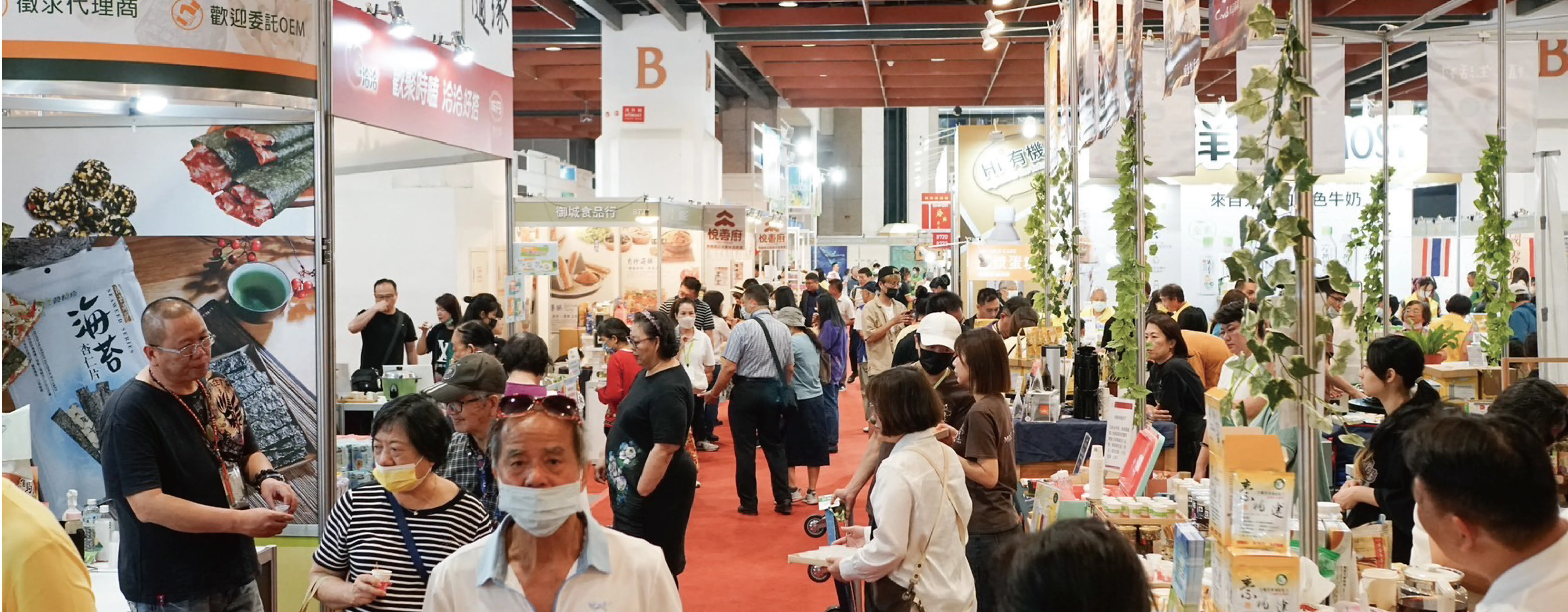


| 時代: | 清初時期(西元1644-1722) |
| 出土地點: | 傳世品 |
| 尺寸: | 高度:約220 cm |
| 質地: | 樟木 |
| 數量: | 1 |
此件開臉甜美、臉龐較豐腴,五官給人感覺比較年輕,五官細緻,符合江浙工木雕法像的特徵。法像冠上有十一面,頂面是佛面,十一面代表所有諸佛,臉部圓潤、輪廓簡潔、耳垂長與下顎齊平,眼瞼低垂呈現思考狀,眼睛細長、目光悠遠,雙眉中央有白毫,鼻子高聳,符合滿人臉部特徵,頭部和上身比例稍大,符合清初法像特徵。
The sculpture has a sweet and slightly fuller facial expression, giving the impression of youthfulness. The facial features are delicate and in line with the characteristics of Jiangsu-Zhejiang-style wooden sculptures. The Bodhisattva in this piece is depicted with eleven faces, with a Buddha face on the top. The eleven faces represent all Buddhas. The face is round and clean in contour, with long earlobes that are level with the jaw. The eyelids droop slightly, conveying a contemplative expression. The eyes are slender, with a distant gaze, and there are white pupils in the center of the brows. The nose is prominent, consistent with Manchu facial features. The head and upper body proportions are slightly larger, in keeping with early Qing Dynasty Bodhisattva sculptures.
著有披肩式的天衣,手施合十印,其他手持日精摩尼、月精摩尼、寶弓、寶箭、軍持(瓶)、楊柳枝、白拂、寶瓶、傍牌、鉞斧、髑髏寶杖、數珠、寶劍、金剛杵、俱屍鐵鉤、錫杖、白蓮花、青蓮花、紫蓮花、紅蓮花、寶鏡、寶印、頂上化佛、合掌、寶篋、五色雲、寶戟、寶螺、如意寶珠、罥索、寶缽、玉環、寶鐸、跋折羅、化佛、化宮殿、寶經、不退轉金輪、蒲桃等法器,露雙足立於蓮座上,蓮座有三層,最上層蓮座可轉動,蓮瓣有兩個內圈,頂端微翹,是清初時期的蓮瓣型式,法像背板為可拆卸式背板,背板外圍是火焰紋,內有千手觀音千手持諸法器,雕工細緻,背板、手部以及法像本體和蓮座,是以明末清初時期的木工隼頭、插栓形式來接合。
The Bodhisattva wears a draped celestial robe and displays the Mudra of the Tenfold Offering, with other hands holding the Sun Jewel, Moon Jewel, Precious Bow, Precious Arrow, Staff (Vase), Willow Branch, White Whisk, Precious Vase, Sword, Banner, Axe, Skull Staff, Prayer Beads, Precious Sword, Vajra Pestle, Hook, Alms Bowl, Tin Staff, White Lotus, Blue Lotus, Purple Lotus, Red Lotus, Precious Mirror, Precious Seal, Crown Adornment Buddha, Anjali Mudra, Precious Sutra, Inexhaustible Golden Wheel, Pomegranate, and other ritual implements. The sculpture stands on a lotus pedestal with three tiers. The uppermost tier of the lotus pedestal is rotatable, and the lotus petals have two inner rings with slightly upturned tips, characteristic of the early Qing Dynasty lotus petal style. The Bodhisattva sculpture has a detachable backplate with a flame pattern on the outer edge and a depiction of Thousand-Armed Guanyin holding various ritual implements. The craftsmanship is exquisite, and the backplate, hands, main body of the sculpture, and lotus pedestal are joined using traditional Ming-Qing period woodworking techniques.
此件木胎雕刻完成後,即以黑漆、朱砂漆為底、泥金為身,用黑色與紅色等色彩為法像頭髮、眉毛、唇部和白毫上色,泥金含金量高、顏色偏暖黃,泥金色系和朱砂紅色是清初時期的色系,因年代久遠,有些微天然風化開片、包漿現象,法像身體腰部以下有近代以金漆修復,但整體而言保存良好。木料為樟木,法身、手部、背板以及蓮座皆分別雕刻成形,再用隼頭、插栓形式來接合,將古代建築工藝用於法像製作工藝。法像整體保存完整。
After the wooden carving was completed, it was coated with black lacquer as a base, cinnabar lacquer for the body, and black and red colors were used for the hair, eyebrows, lips, and white pupils. The gold used in the cinnabar lacquer is of high quality and leans towards warm yellow. The color scheme of cinnabar lacquer and vermilion red corresponds to the color palette of the early Qing Dynasty. Due to its age, there are minor natural weathering and patina phenomena. The lower part of the Bodhisattva's body has been restored with gold lacquer in recent times, but overall, it is well-preserved. The wood used is camphor wood, and the body, hands, backplate, and lotus pedestal were individually carved before being joined using traditional Ming-Qing woodworking techniques. The sculpture is overall well-preserved.
